Verdant meditations
A series of family portraits a quarter-century in the making
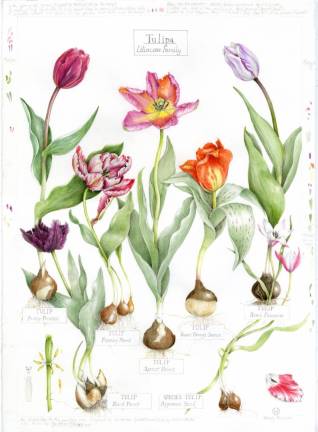
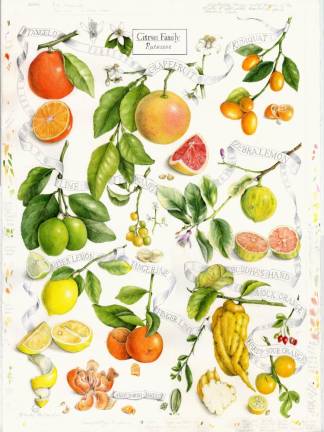
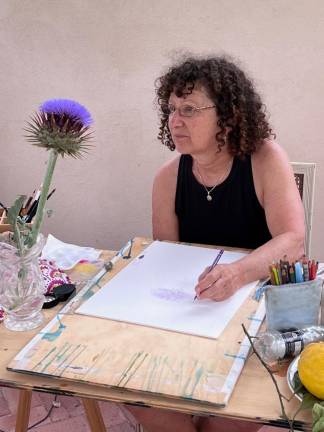
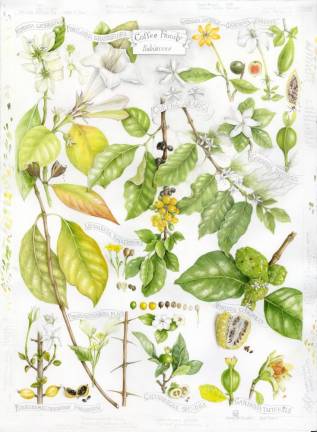
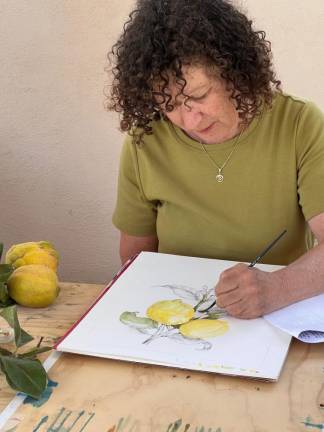
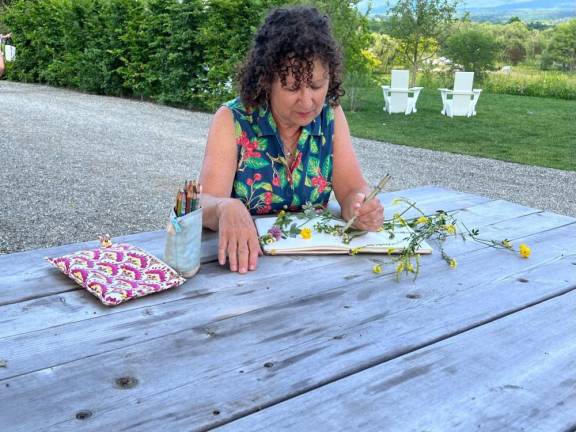
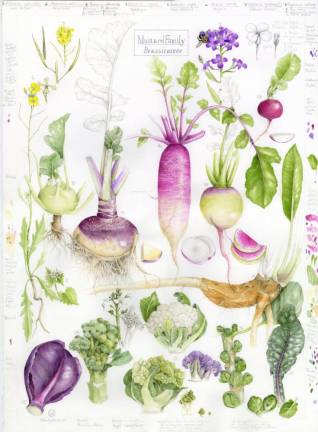
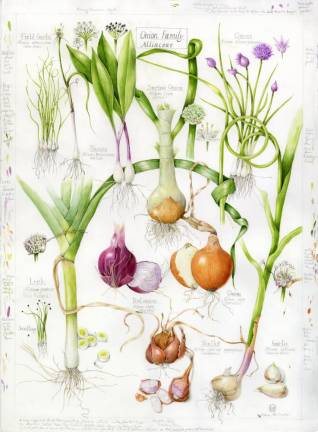
During her early years as a textile designer living and working in New York City, Wendy Hollender liked to frequent the New York Botanical Garden. It was on one of those visits that a fortuitous change of path literally altered the trajectory of her creative and professional life. Instead of walking her usual route through the grounds, she jumped on the tram that takes visitors above the gardens. Hollender, a graduate of the Rhode Island School of Design with a penchant for doodling, spotted a random catalogue with sumptuously drawn lilacs on the cover, picked it up, and discovered an advertisement for a botanical drawing program. Curiosity propelled her to enroll in the course, and “life changed overnight,” she recalled. That was 25 years ago, and Hollender has since remained devoted to her ongoing study of greenery in all its glory to create stunning artworks that honor and celebrate the diversity, qualities and visual abundance of plant life.
Now a full-time botanical illustrator, author and instructor living on her four-acre farm in Accord, NY (where she also leads annual workshops), Hollender dwells in harmony with the natural world that informs her art. Her gorgeous illustrations have appeared in The New York Times, Oprah Magazine and Real Simple. Hollender’s artworks have also been exhibited worldwide, including the Hunt Institute for Botanical Documentation, Royal Botanical Gardens, Kew and the Smithsonian National Museum for Natural History. She recently started a successful online botanical drawing program offering step-by-step instructions and videos for creating accurate, three-dimensional and artistically rendered botanical illustrations.
Hollender works entirely from her direct experience with plants. “I believe the plants and I are partners,” she says. Seeing them in person is vital to her artistic process, offering her not only endless subject matter, but also a kind of spirit guide. “Imagine a flower, opening in the morning, not worried or stressed about whether a pollinator will come; it patiently, beautifully, waits,” she wrote in a recent blog post on patience. “It cannot hurry up, cannot rush the process. If a pollinator doesn’t come, the flower doesn’t get upset with itself for not being ‘attractive’ or ‘inviting’ enough; it ‘sleeps’ through the night and tries again in the morning.”
Hollender has authored several books on botanical drawing, including, recently, the award-winning volume, The Joy of Botanical Drawing: A Step-by-Step Guide to Drawing and Painting Flowers, Leaves, Fruit, and More (2020); and Nature Journaling in a Nutshell (2023). She offers immersive workshops in nature preserves and botanical gardens, arts centers and colleges – and sometimes in exotic locales like Hawaii, Greece and Trinidad – inviting her students “to see nature up-close and be seduced by it.” The close study of plants not only brings joy to our life, she says, it also promotes a more mindful engagement with plants as the very beings that represent the complexity of our natural world. As spoken by Hollender, our increased understanding of plant diversity naturally encourages our increased love of the Mother Earth. “By looking closely at plants,” she comments, “you will certainly care more” about the ecosystem.
These days Hollender is focused on her Plant Family Project, a series of larger paintings that encapsulate an understanding gleaned through decades of meticulous observation. The project kicked off two years ago with the onion family, shortly after Hollender discovered her first patch of ramps. She is presently expanding this body of work with the goal of completing 12 plant families and eventually publishing the series. In these exquisite family portraits, watercolor and colored pencil renderings detail the similarities and differences between related plants, drawing out connective elements, such as the alliums’ long, strappy, parallel-veined leaves, to create a cohesive whole.
Her careful research and immersion with the various species –including eating the edibles ones – have yielded six completed groups so far: onion, nightshade, citrus, coffee, tulip and mustard. Three more (magnolia, sumac and mushroom) are currently in development, with another three on the horizon (sunflower, rose and mallow are the current frontrunners). Asked about climate change with respect to her work, Hollender spoke of how extreme weather changes are tough on plants and pose a strong threat to the natural habitat as we know it. Her documentation of plants is also a manner of recording these precious species, she said, to “appreciate what we could lose.”